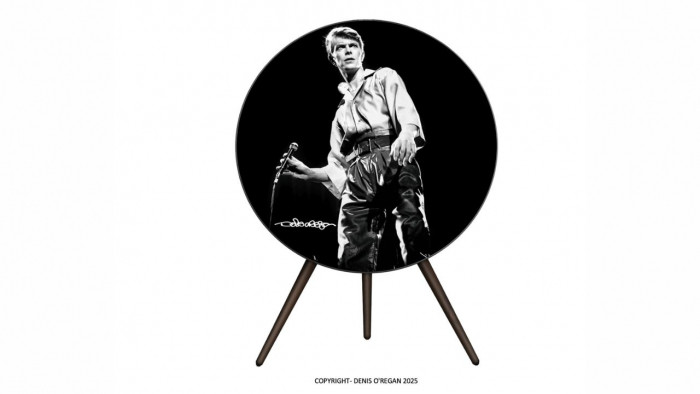This is why you probably lean to the right when you kiss
We've never really thought about this before


If you’ve been doing some kissing recently then, first of all, congratulations: love is a wonderful thing isn’t it?
Secondly, you’ve probably been leaning to the right while smooching your crush, even if you didn’t realise it.
According to studies, as many as two thirds of people will move to the right as they move in for a kiss.
And it turns out there might be a good reason for it.

According to a study entitled The right way to kiss: directionality bias in head-turning during kissing, societal influence plays a part, but it’s not the only thing at play.
Researchers looked at examples of married couples in Bangladesh, a country where kissing rarely happens on-screen or in public places, to provide a test group free from the restraints of people copying what they see in films, and – would you have it – leaning to the right still dominated.
And, as explained in the results, “Consistently, kiss recipient-provided data revealed that 66.67% of the kiss initiators and 70.83% of the kiss recipients turned their heads to the right”.
Meanwhile, “Kiss initiator-provided data revealed that 72.92% of the kiss initiators and 75% of the kiss recipients turned their heads to the right”.

So, why does it happen?
The predominance of right-handed people in the world plays some part, with right-handed people usually turning to the right, and the study found that the recipient of a kiss is likely to follow the initiator regardless of whether they are right-handed or left-handed themselves.
But it’s not only in the hands where there’s a right and left – the two hemispheres of the brain may also play a part.
“This bias in the act of kissing is likely innate and determined by the brain splitting up tasks to its different hemispheres, similar to being either right- or left-handed,” scientists involved in the study wrote for Indy100.
“It is perhaps specifically concerned with the functions in the left cerebral hemisphere, located in the emotion and decision-related areas of the brain.
“Different hormone levels (such as testosterone) in each hemisphere and neurotransmitters might be unevenly distributed to each hemisphere (such as dopamine, involved in reward behaviours) and give rise to a bias to turn right.”

Further research is likely to be required, with questions yet to be resolved around the relationship between a patriarchal society and most kisses being initiated by men, but we definitely have a starting point in understanding this weird quirk.
Similarly, earlier studies suggesting a bias to the right may have been subconsciously influenced by the kisses we’ve seen in TV and film.
Will this make you more self-aware or self-conscious the next time you lean in for a kiss?
(Images: iStock)








